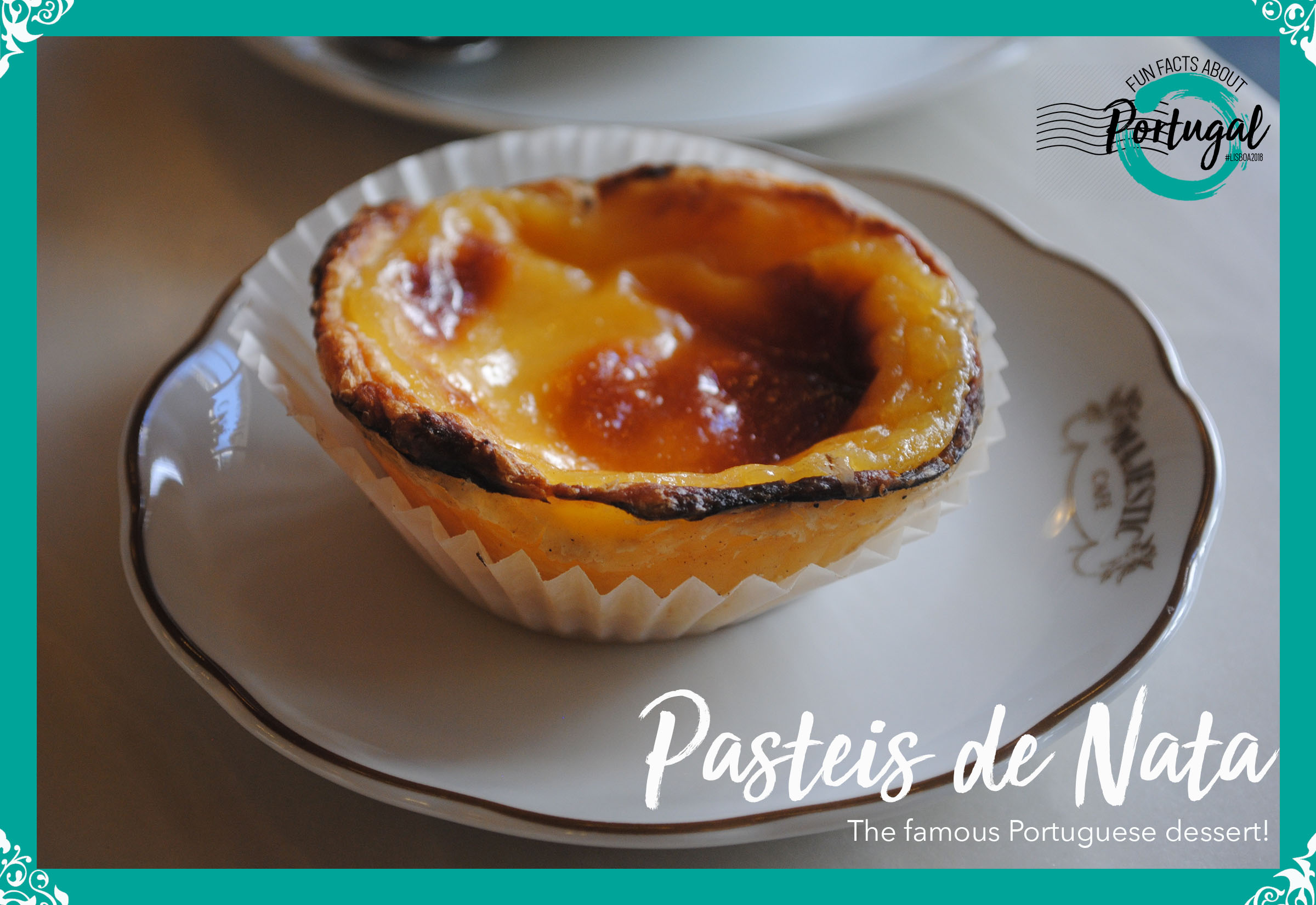Did you know, that in 1755, an earthquake and subsequent fires and tsunamis completely destroyed Lisbon? The first Marquis of Pombal, Sebastião José de Carvalho e Melo, was responsible for the reconstruction of the city. The term “Pombaline” is used to describe not only his tenure, but the architectural style adopted in Lisbon after the earthquake. A statue of the Marquis stands in a famous square in Lisbon, to symbolise his contribution to the city.















